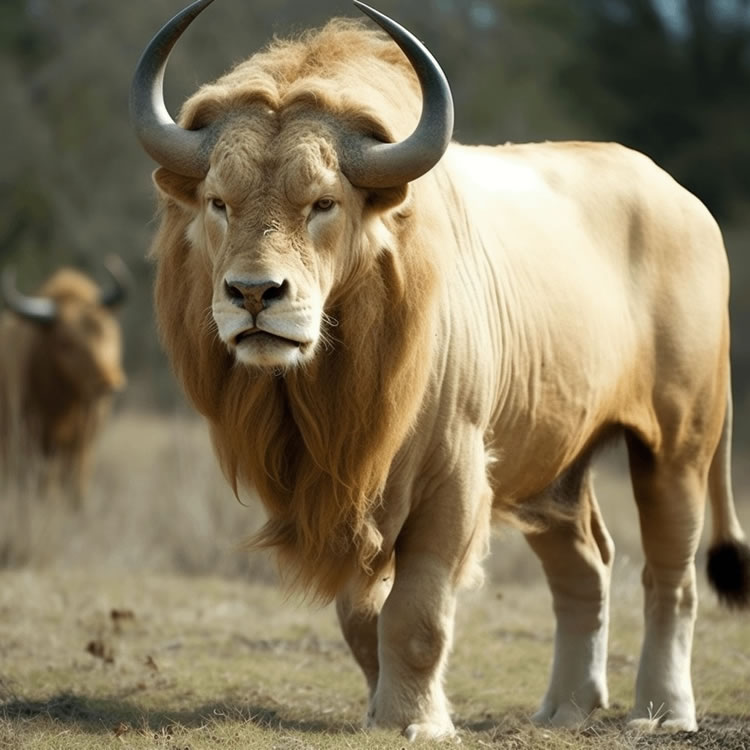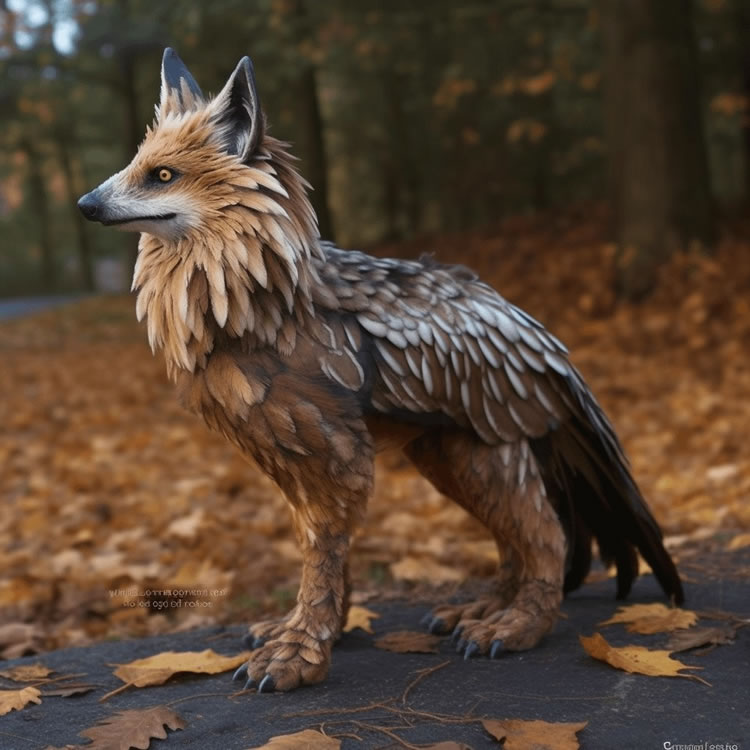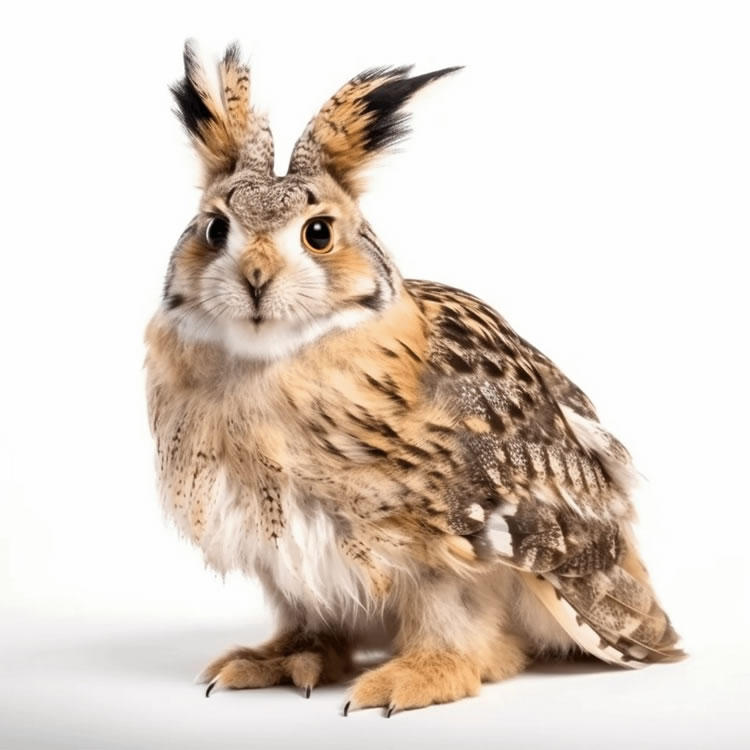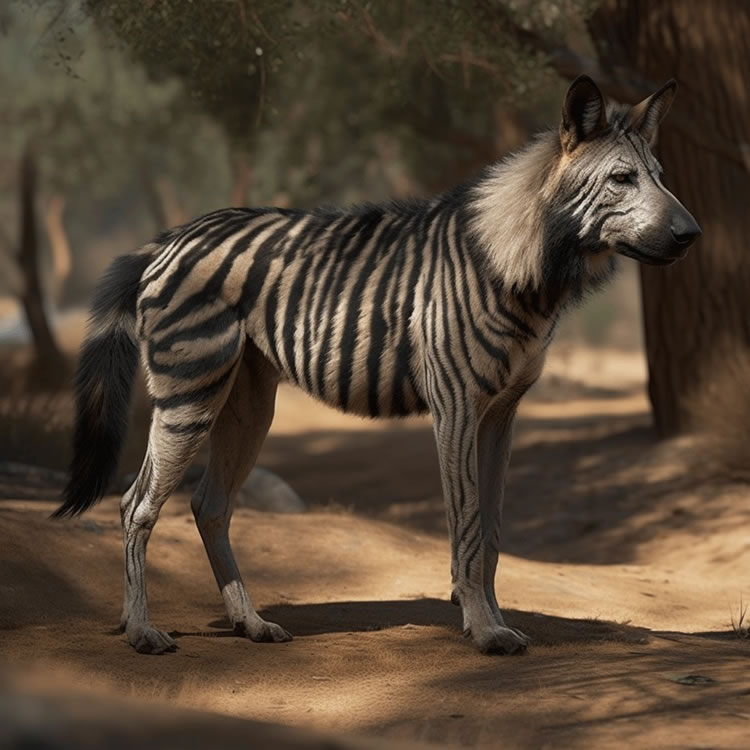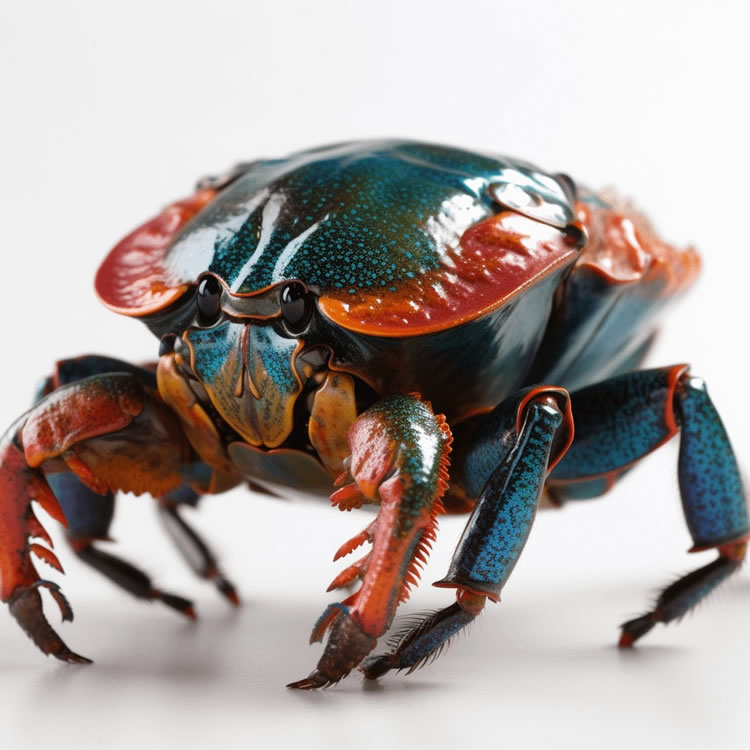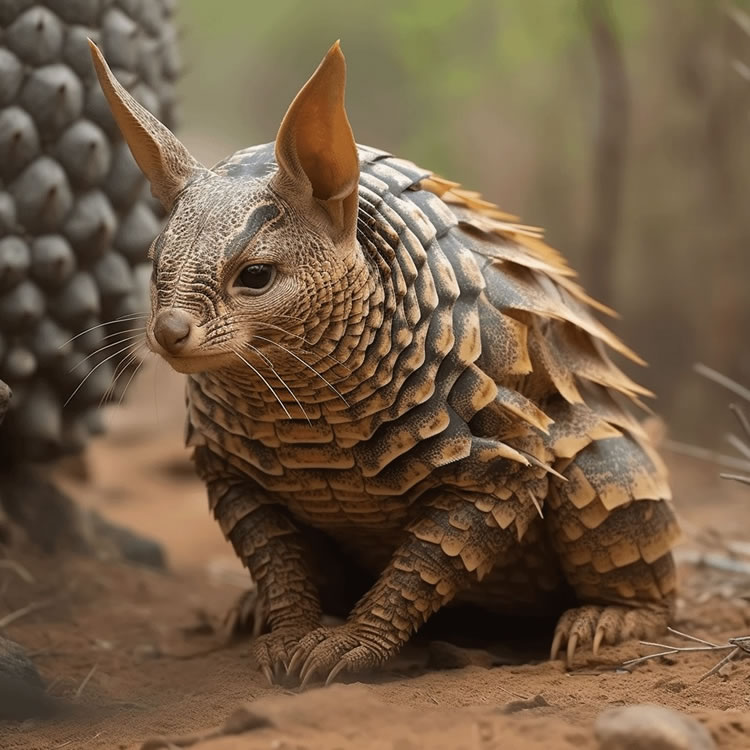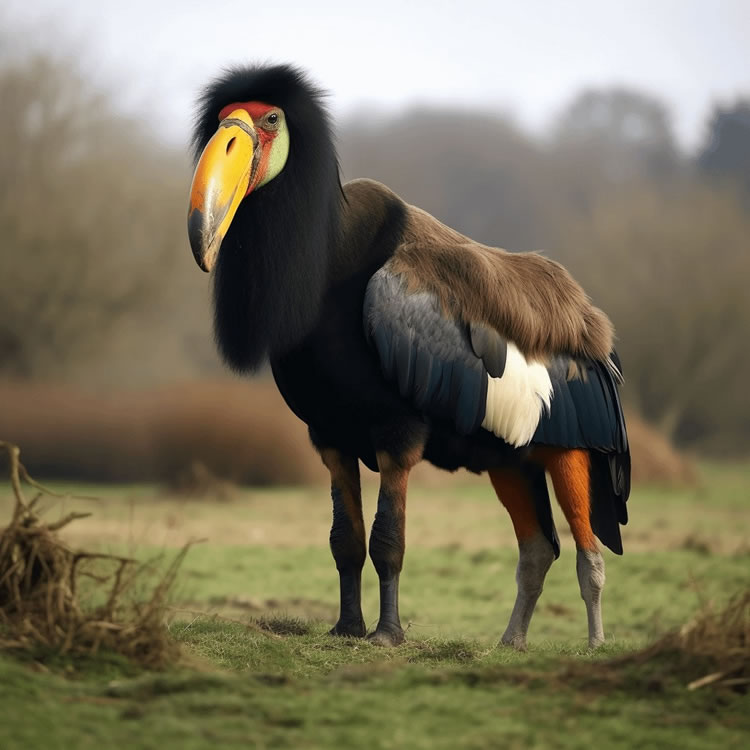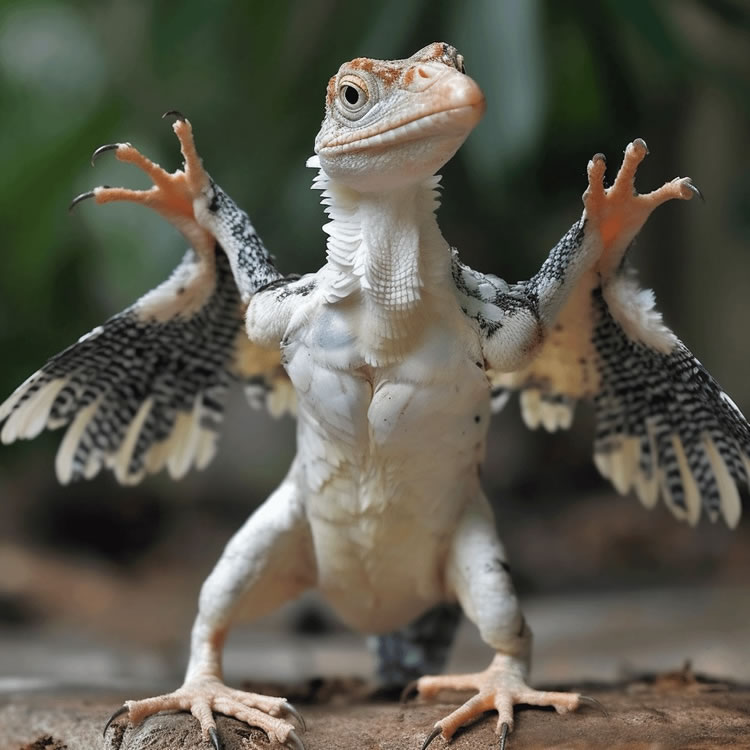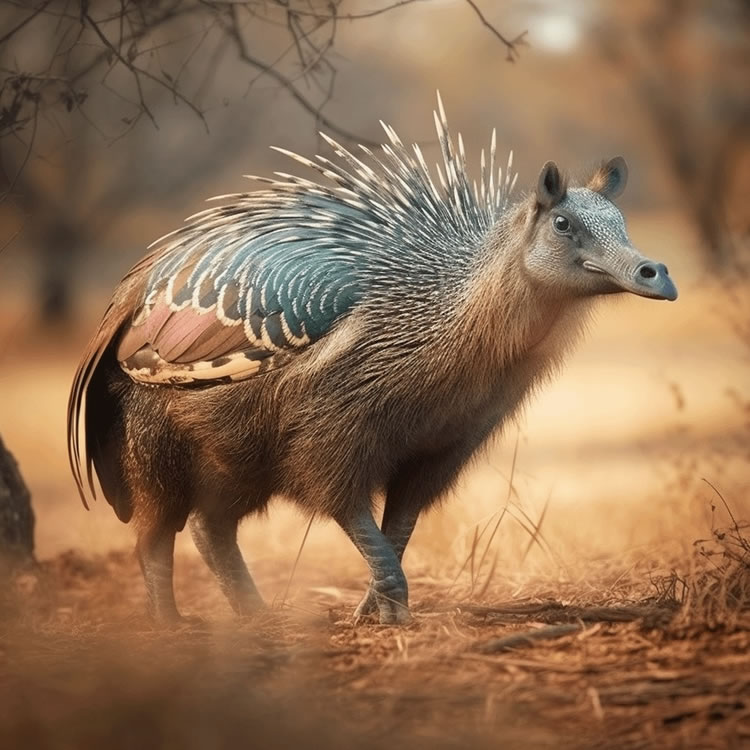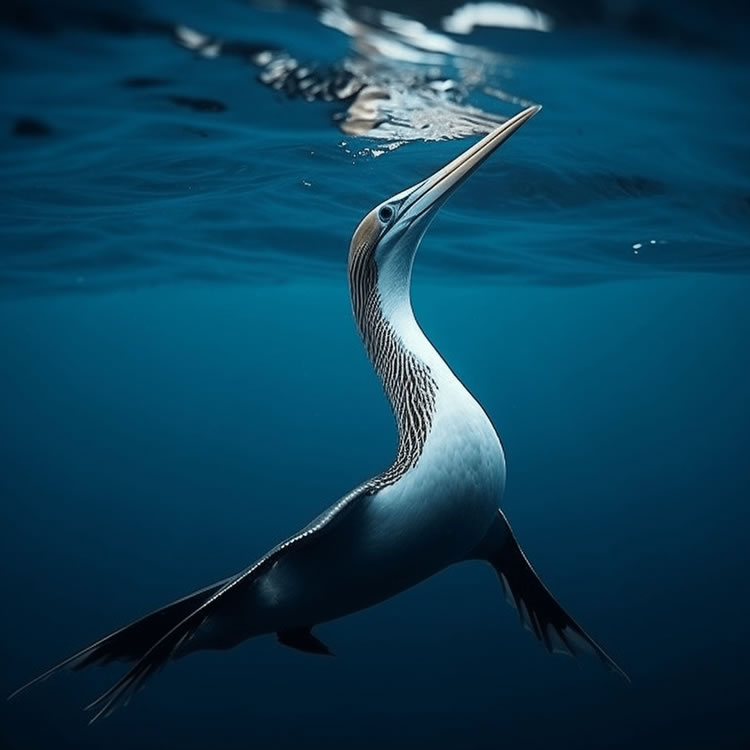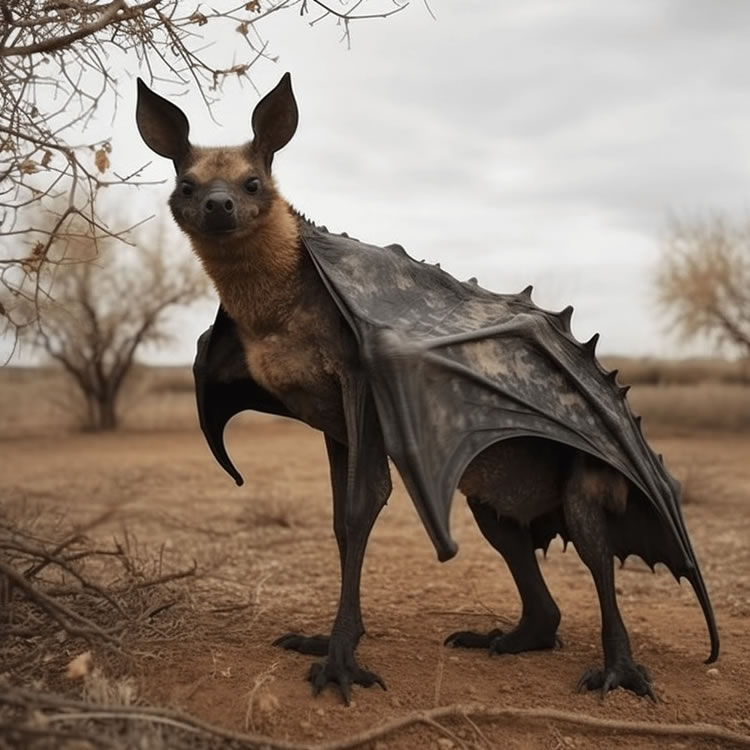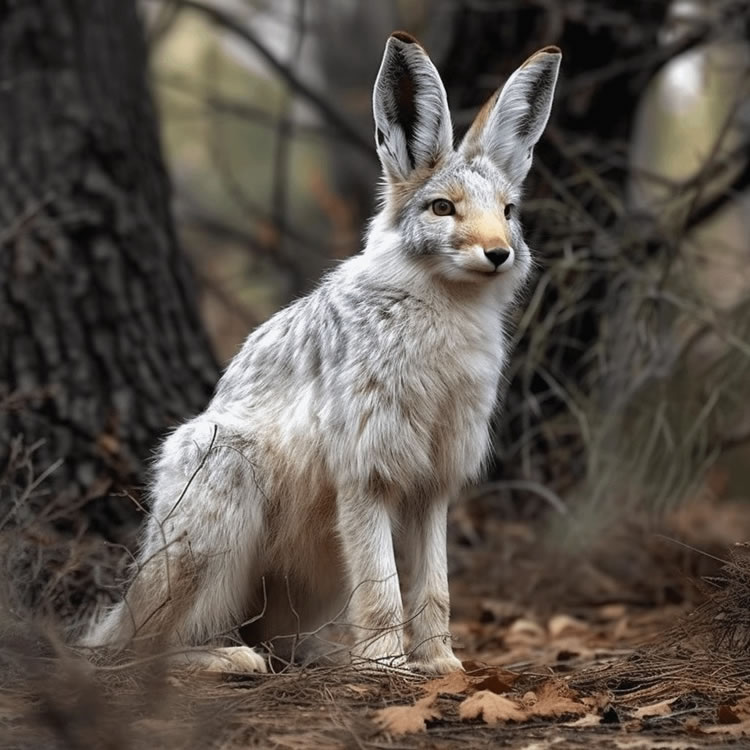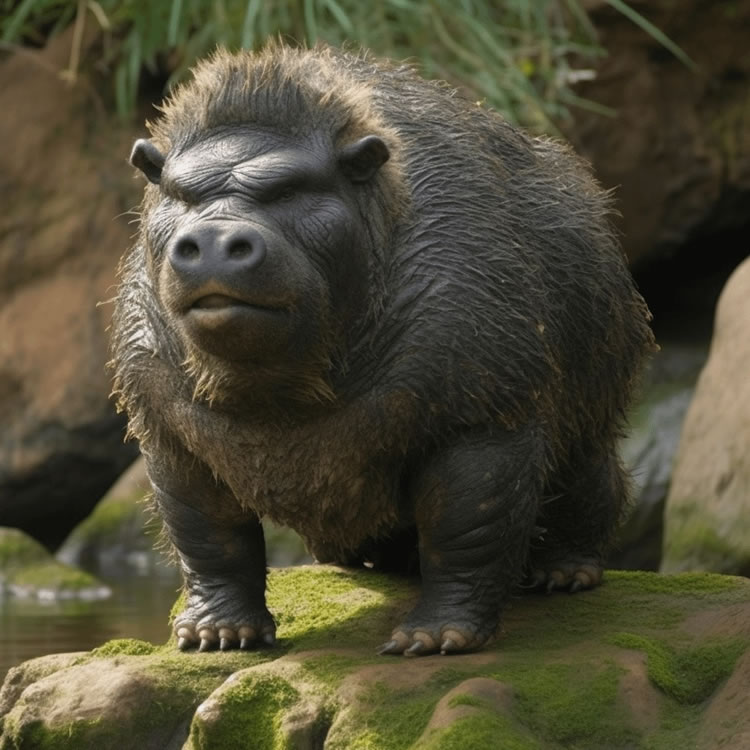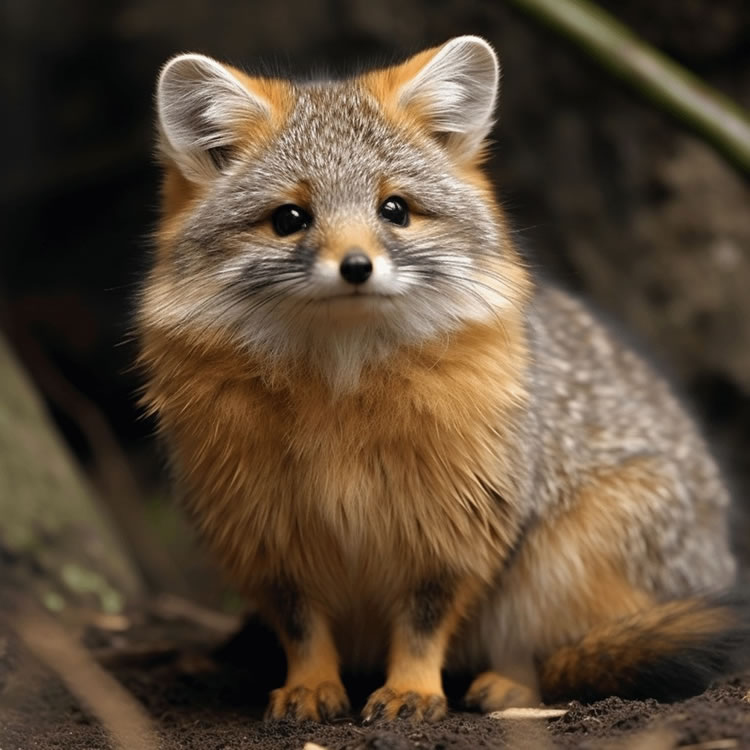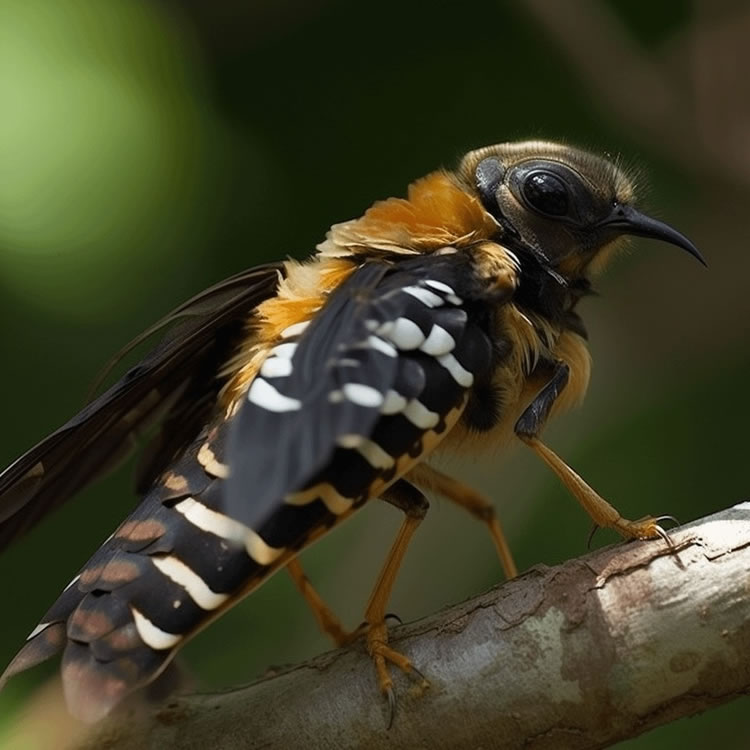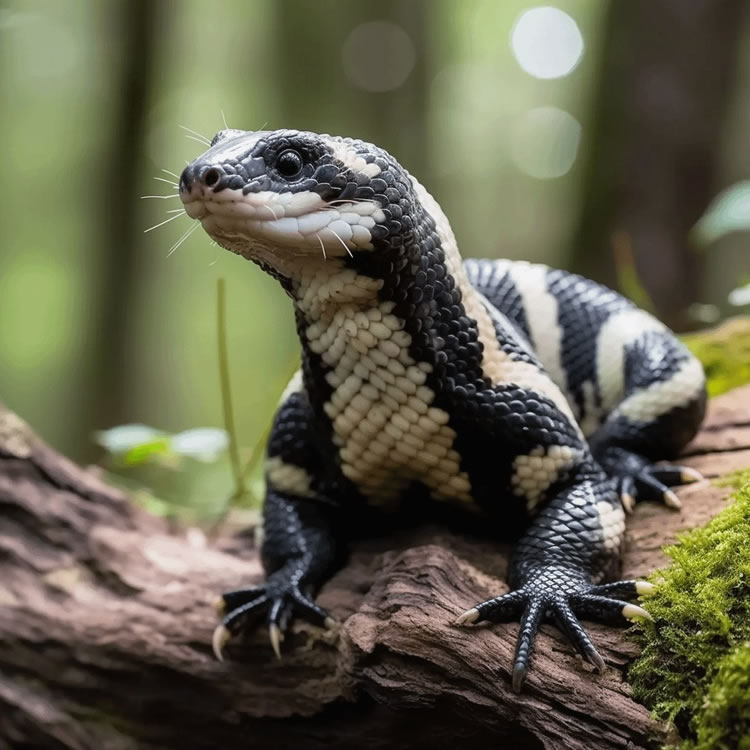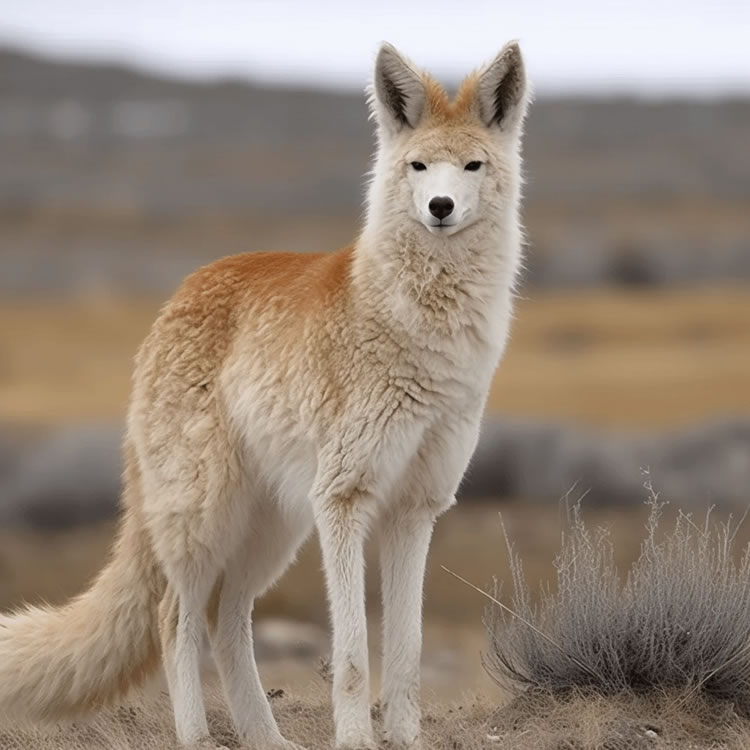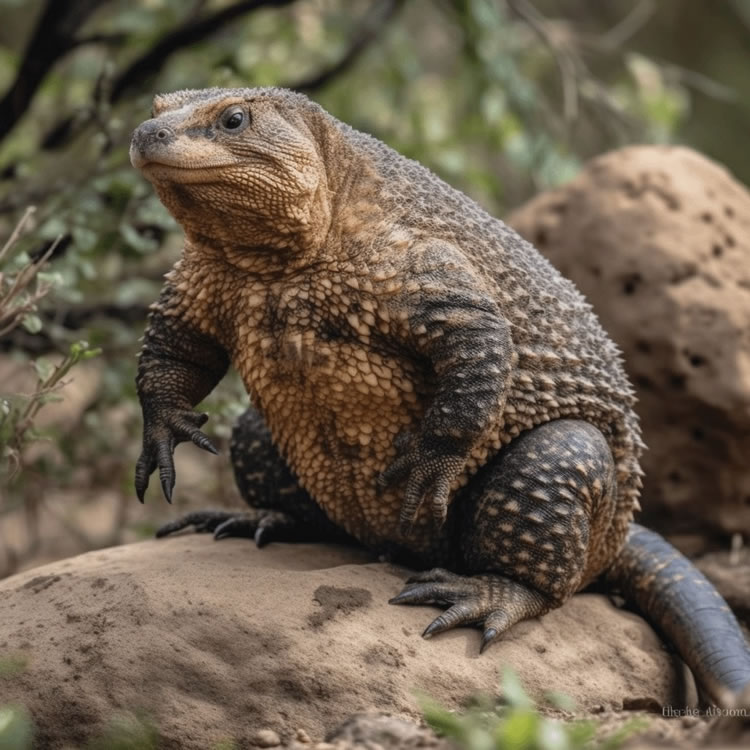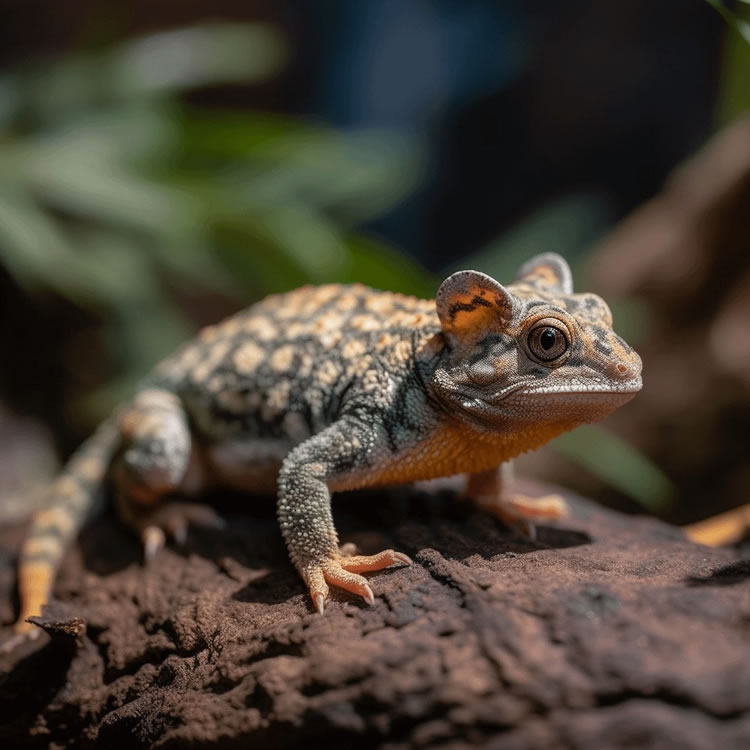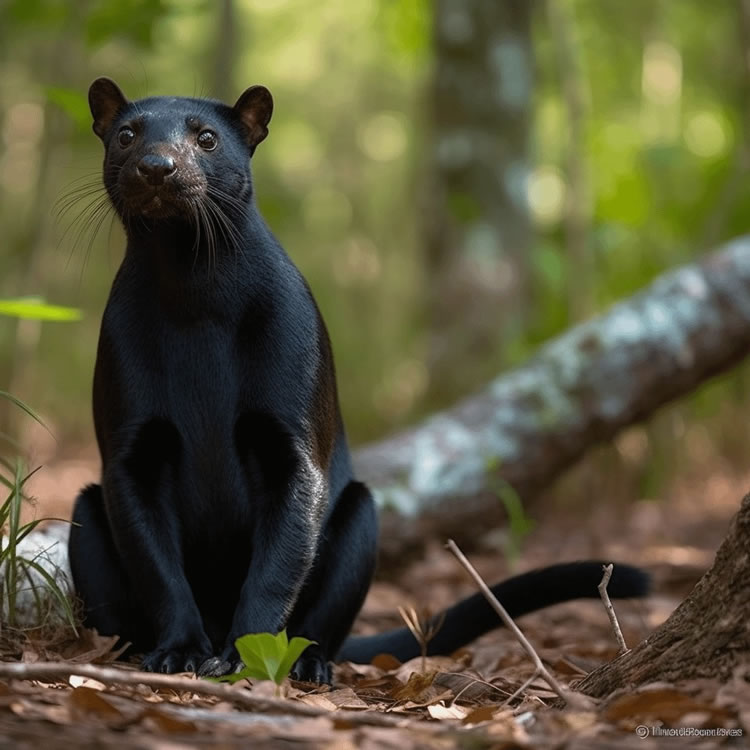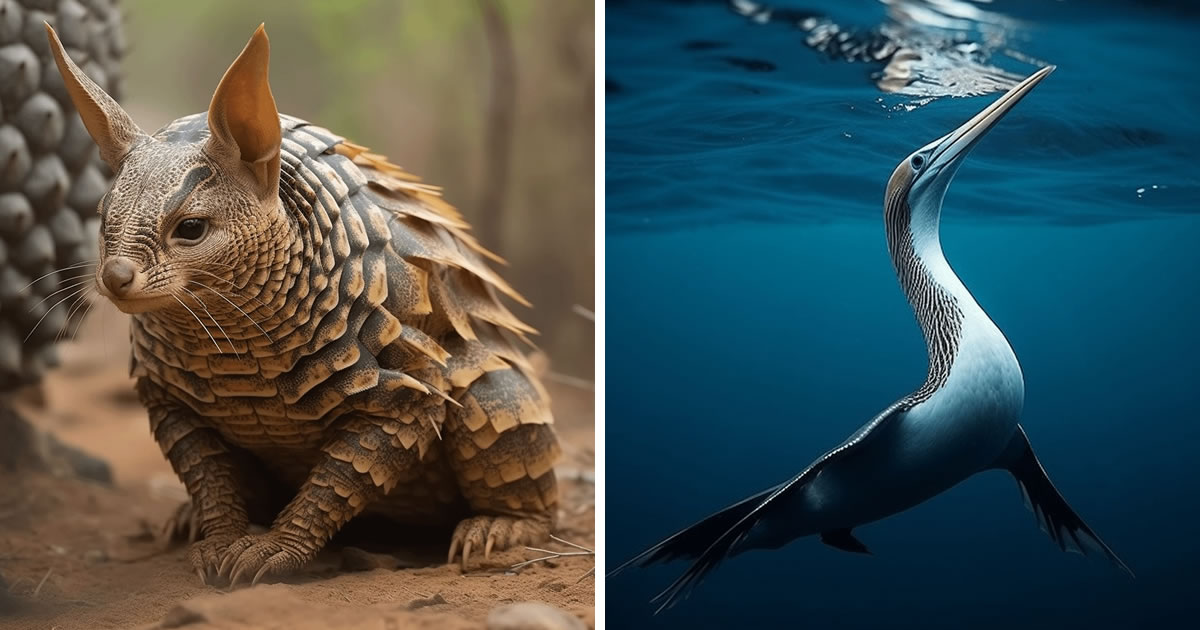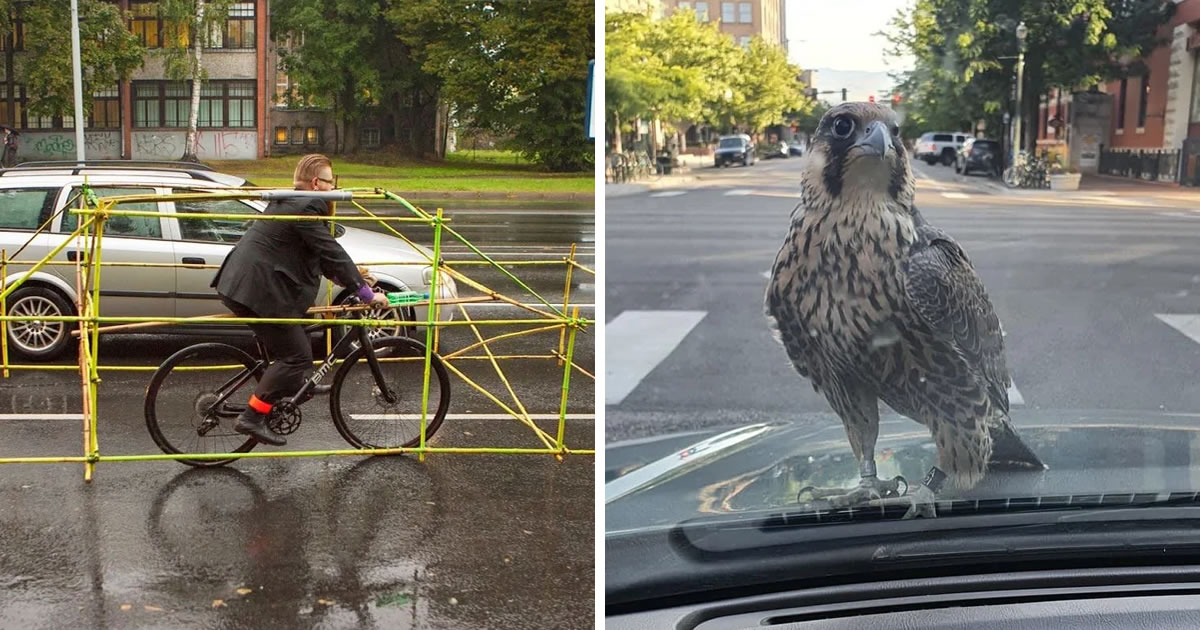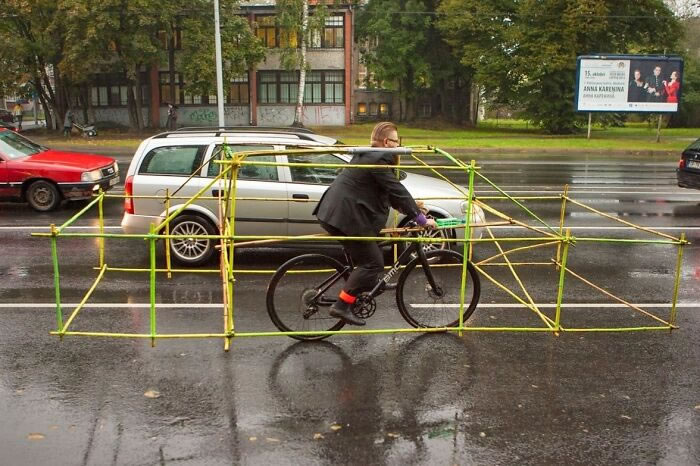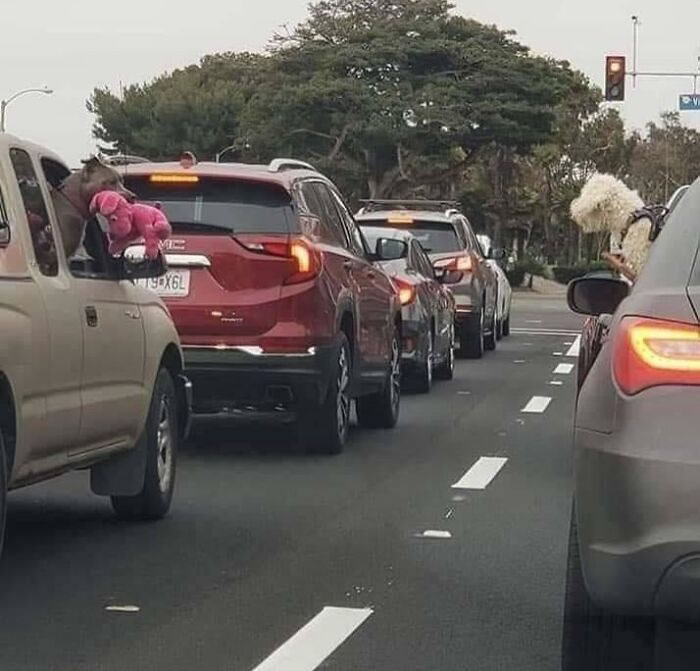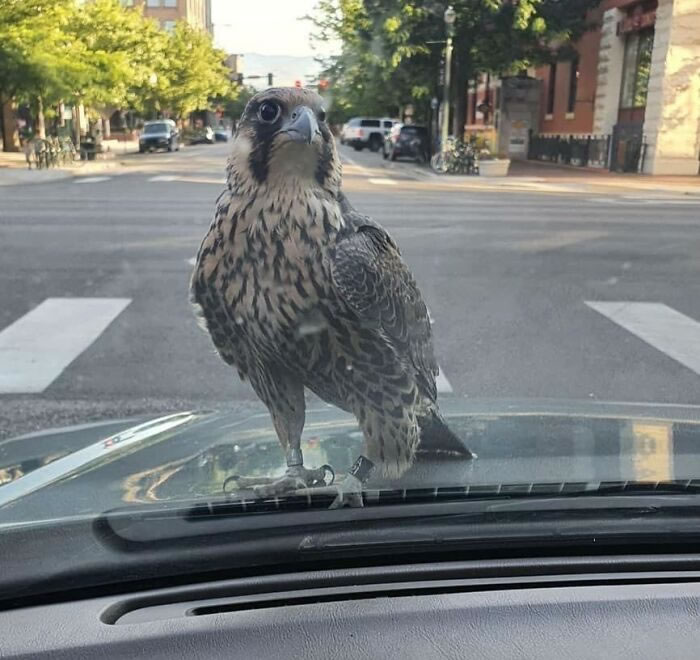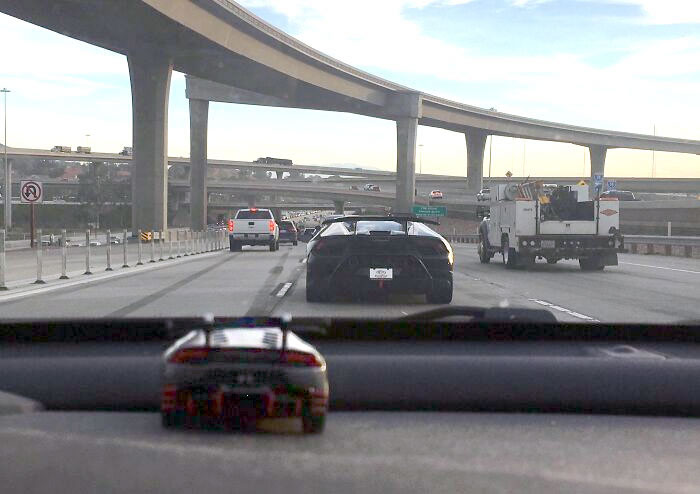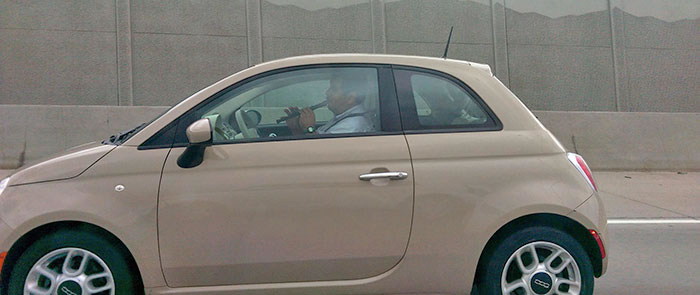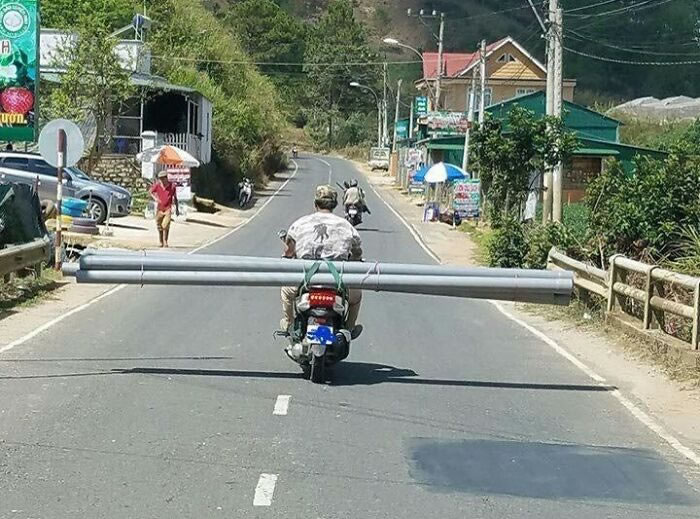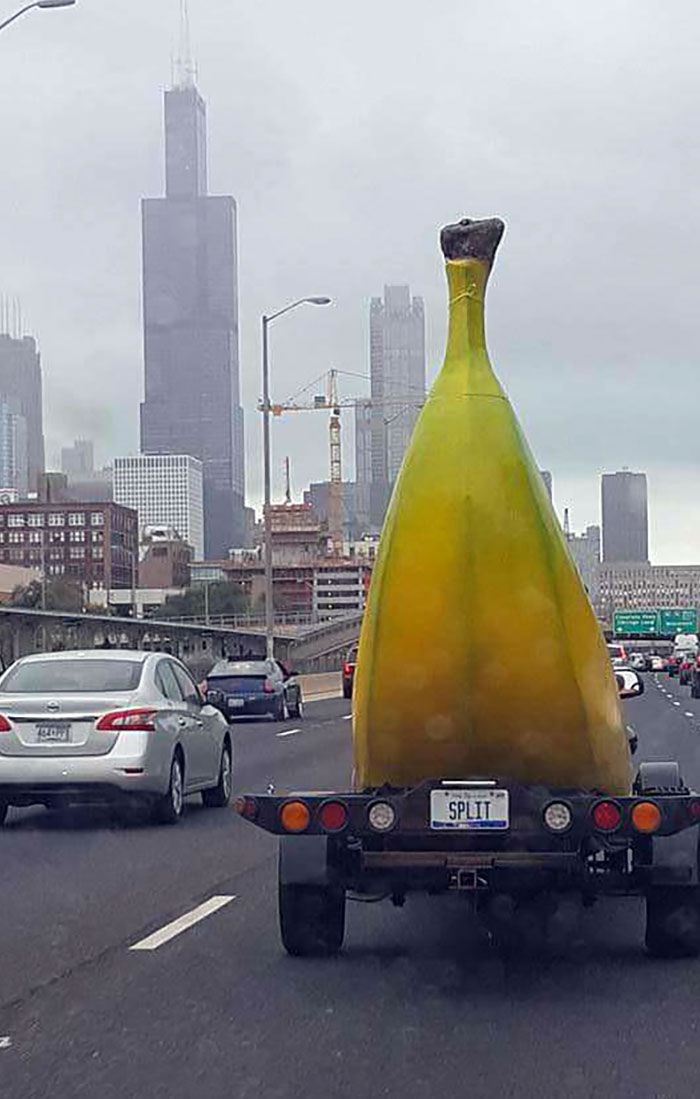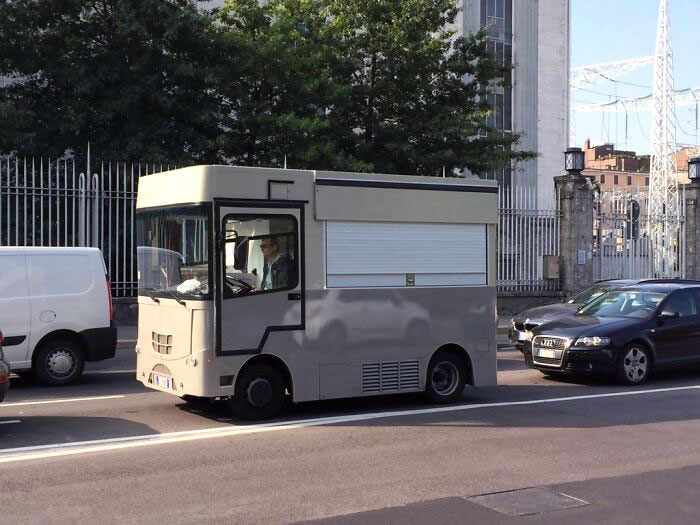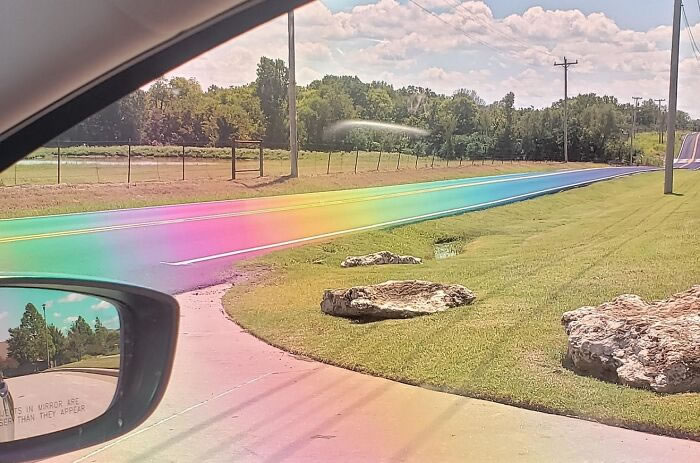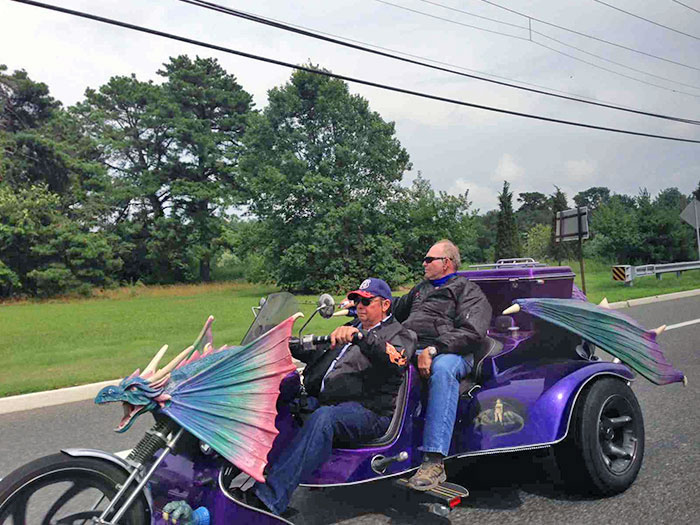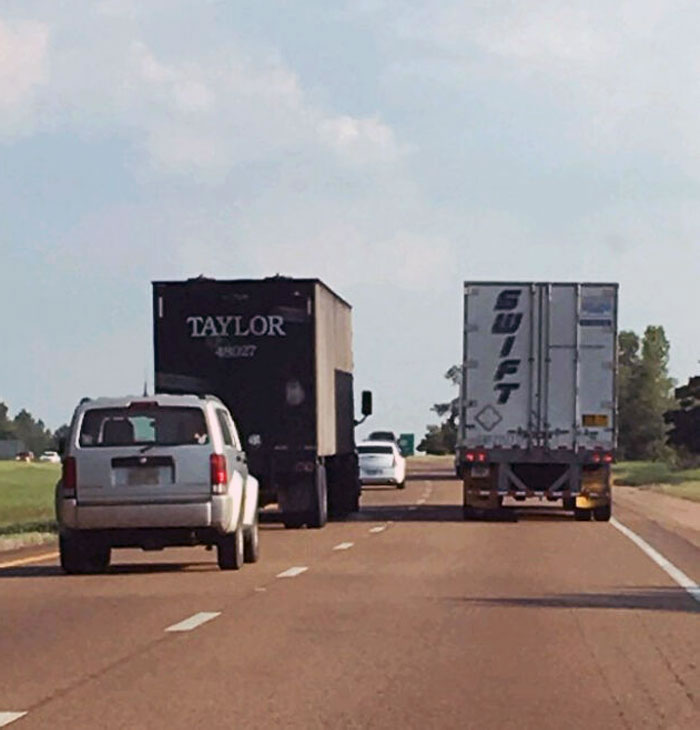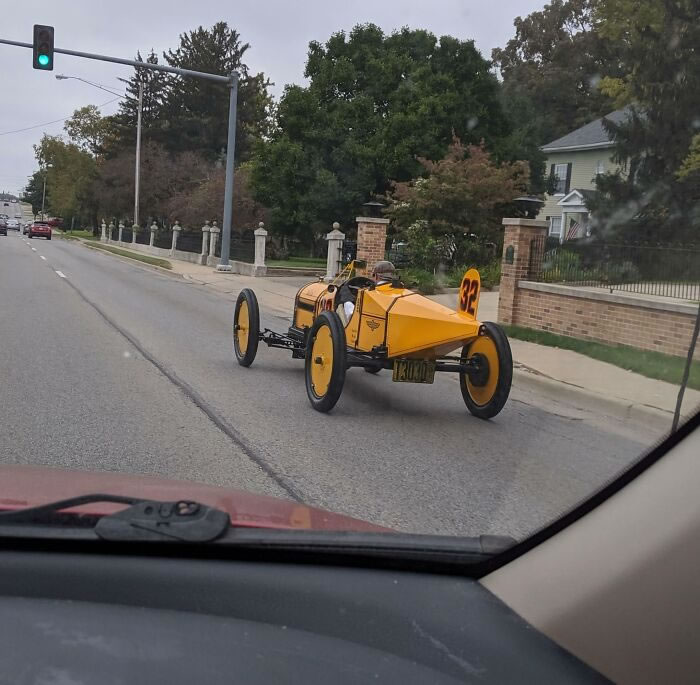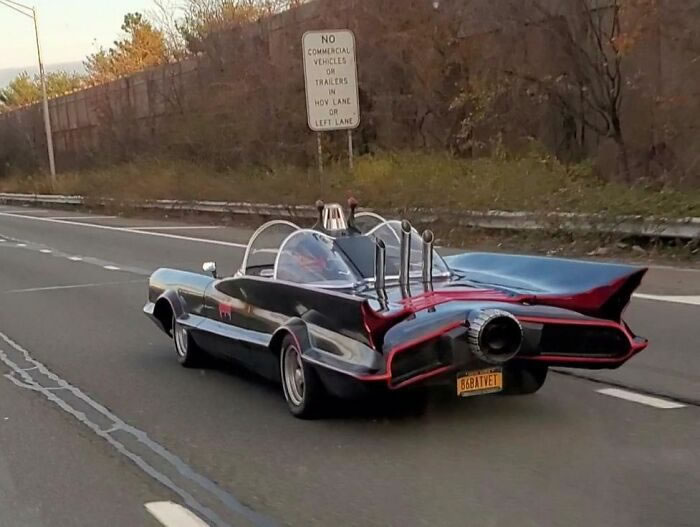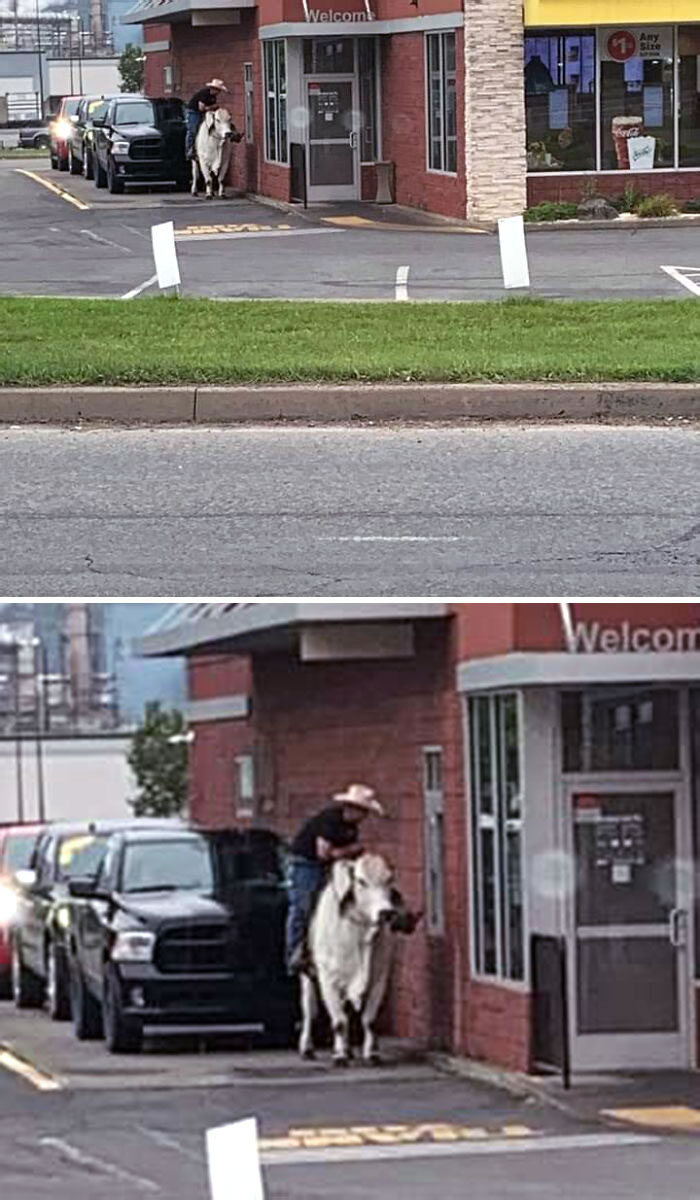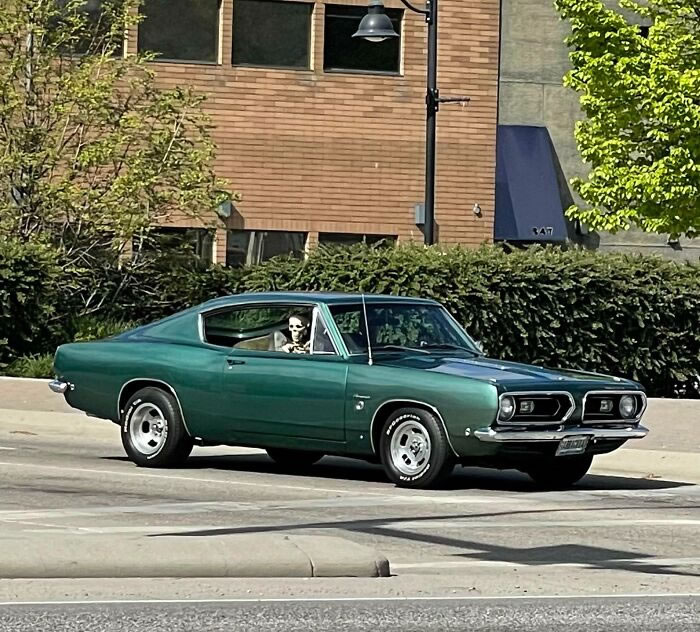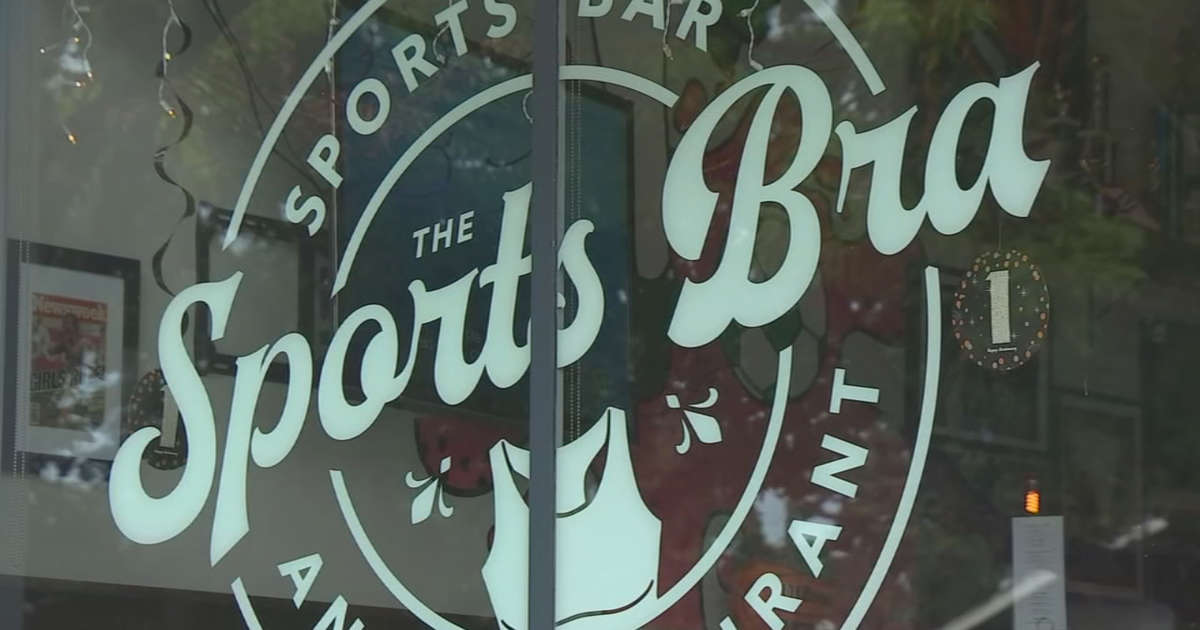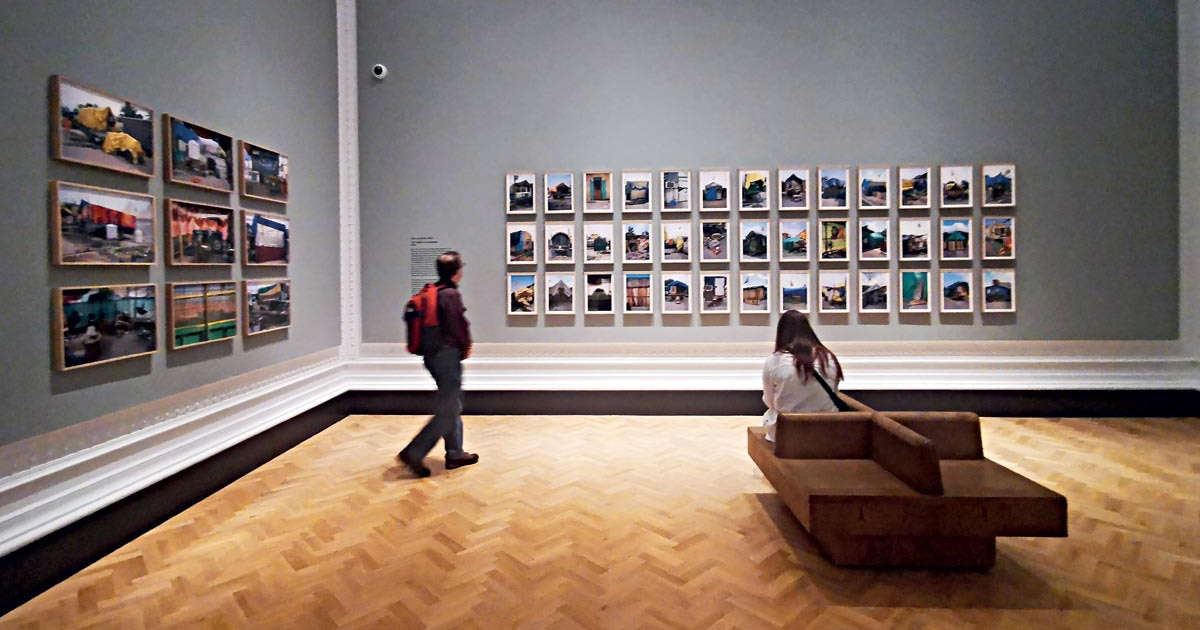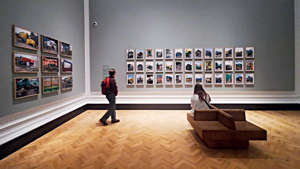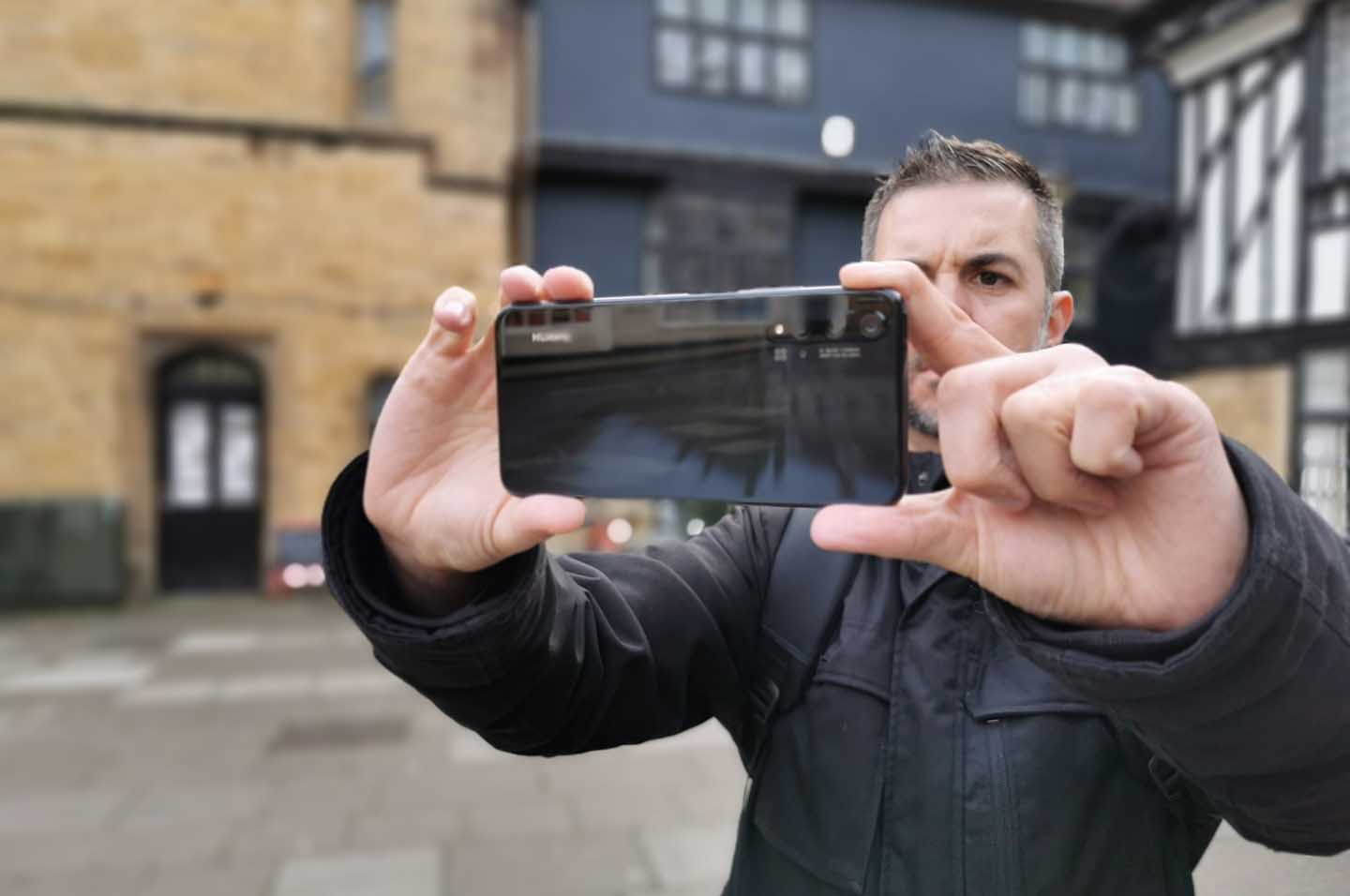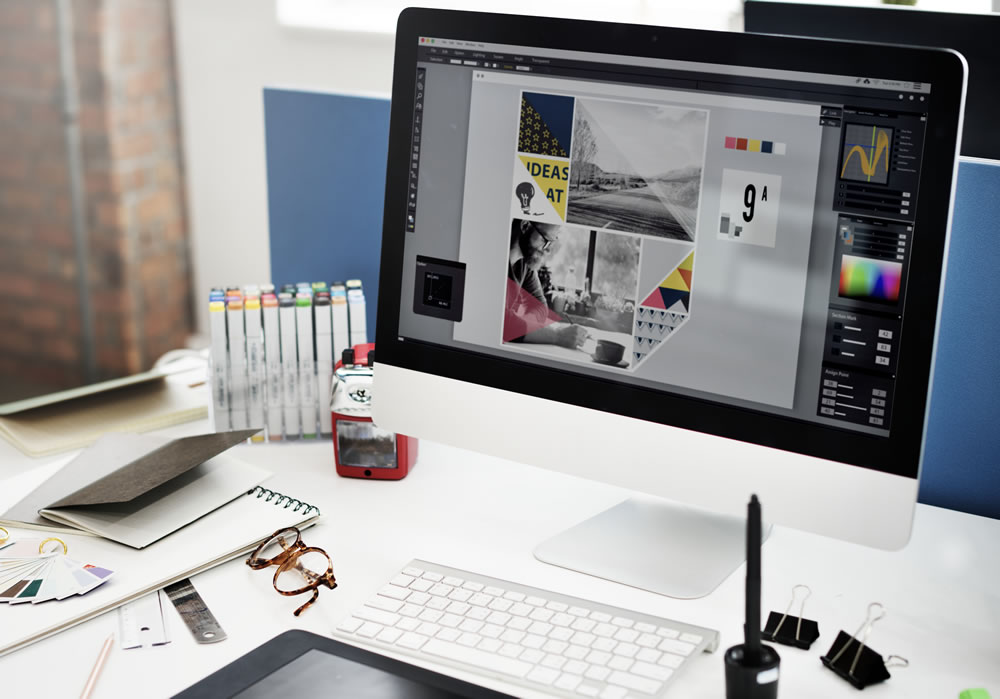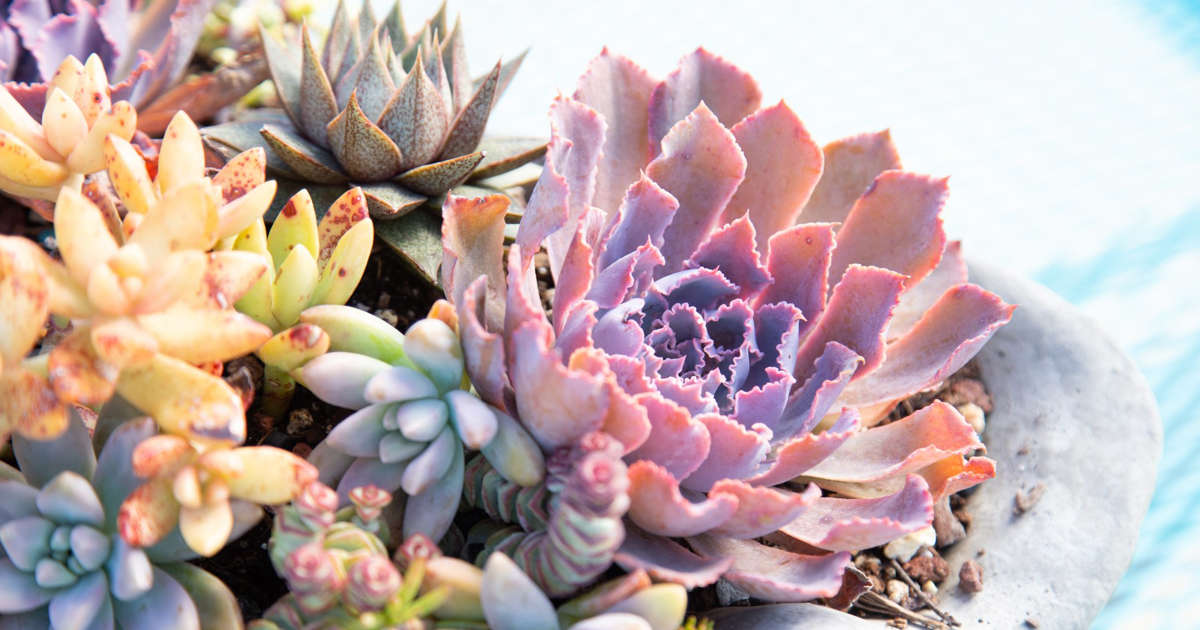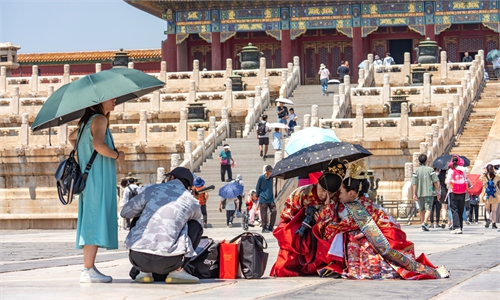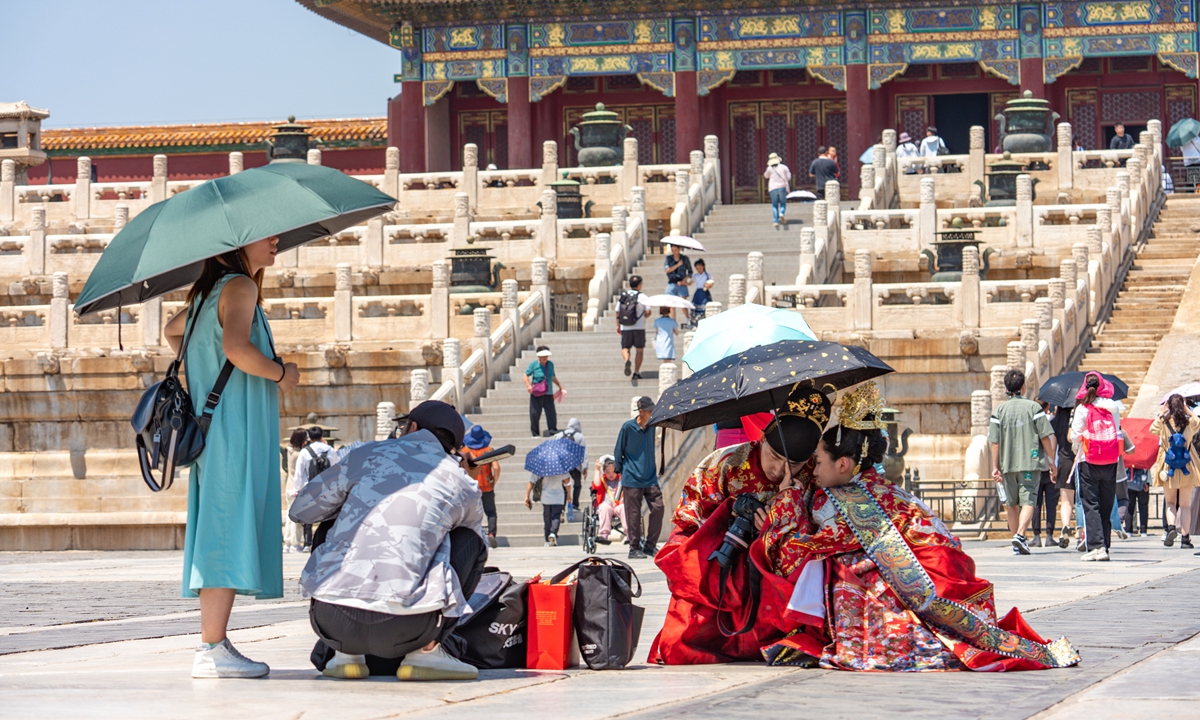Athena DeGangi is a retired academic living at Carroll Lutheran Village who enjoys taking photographs and writing poems.
DeGangi was an art history major at the University of Rochester and she did a senior year at New York University so she could take art history courses that required studying in the museums.
“Slides on a screen are not the same thing,” DeGangi said.
It was a program that required art history majors to take three studio courses. DeGangi took black and white 2D design, sculpture and photography. She liked photography the best.
“It fit the way I see the world. I have a peculiar problem in my eyes. I do not have convergence. My eyes do not register holograms. I see the world as flat. I see the flat pattern and the contrast between light and shadow,” DeGangi said. “Doing photography is making something positive out of a defect.”
At that time, the introductory photography class was only black and white. She had a manual Canon F-1 35mm camera. She studied in a gallery in New Haven, Connecticut, where the instructor had a group darkoom and taught classes.
DeGangi said his big point was that he would not allow them to crop. If there was something in a photograph, we did not want to reshoot.
“That discipline was very appealing to me and good training,” she said.
DiGangi went to graduate school at State University of New York in Binghamton.
“All writing of poetry and photography stopped because I was a graduate student. I did not pick it up again until I had a hiatus between graduate school and began teaching,” she said.
DeGangi taught cultural history classes at New Hampshire Community College in Nashua, New Hampshire. Because it was a small community college, she never taught medieval history, her specialty.
“Teaching became an intellectual adventure and I created all my materials. DeGangi said. She taught for 15 years.
Without a darkroom, DiGangi put her Cannon into storage. She bought an automatic Canon Rebel to take photographs for the local paper, The Amherst Citizen. She also started writing poetry again while raising her children because it was easier for her to do.
“The transition to digital was intellectually difficult for me because I knew so many old-fashioned purists who resisted it,” DiGangi said. “The purists believe you must take a photograph exactly as you want it to look. You do not adjust it in the dark room. Purists complain that you can’t tell what the original subject of a digital photograph looked like because it could be doctored with the software program. They saw it as cheating.”
She believed the purists until she started using digital photography. When she writes poetry, DiGangi likes the process of revision. She finds the same thing is true when using the software.
“I can change the color to show what I saw in the scene. It is no longer a document of reality. It is what I am communicating about it,” DiGangi said. “Sometimes the attempt to convey what interests me involves cropping or changing the tonality to make it new or older than reality or to reflect the mood it evoked in me. There is always the danger of straying too far, which is why I always save the original.”
She plays with images on the computer.
”It is a fascinating exercise in alternatives, as with words in a poem,” DiGangi said. “Sometimes it does not work and I retake the photograph to get what I want from the shot.”
DeGangi can spend hours playing with what she can get from an image. That suits her temperament just the way revising poetry does.
She was influenced by photographers Minor White, who studied how people thought about photography they viewed, and Aaron Siskind, known for his abstract photography. She was also influenced by Mondrian, known for abstract painting and his geometric art.
“I hate Mondrian’s colors because they look like Fisher Price toys in primary colors to me,” DiGangi said. “However, the black lines of Mondrian’s works fit the way I see things. The lines are structure and his work is geometric and flat. A lot of my photographs are cityscapes. I look at architecture as if Mondrian had put black lines on the world.”
Carroll County Daily Headlines
Daily
Get the day’s top news and sports headlines.
Light and shadow, structure and composition matter to DeGangi. Color is not of critical concern to her. She is more likely to throw something out because she cannot get the composition right.
“At my age, I am compiling portfolios of my photographs and a manuscript of my poetry for my children. I have always done photography and writing for myself and friends,” she said. “I have never been motivated to bear the slings and arrows of the world and publishing and exhibitions. I just don’t have the ambition to be recognized publicly.”
DeGangi is putting together a photography show for Carroll Lutheran Village residents for the fall called “My Sicily” because she believes that most people tour the cities on the coast and not in the Madonie Mountains where she traveled. She visited there to research her father’s family and the villages where they lived.
She is the chair of the “Creative Expressions” committee at Carroll Lutheran Village. The committee organizes the residents’ participation in the magazine.
DeGangi works with the director of resident life on the layout. It was a good fit because the magazine contains poetry, prose and artworks by residents and staff. The committee also takes photographs of 2D and 3D artwork and textiles for publication in the magazine. The next magazine will come out at the end of November.
“Artistic pursuits keeps me grounded in the world and keeps me paying attention to the world around me,” DeGangi said. “It also keeps me interacting with it and provides me with the illusion of meaning. “
Lyndi McNulty is the owner of Gizmo’s Art in Westminster. Her column, An Eye for Art, appears regularly in Life & Times.
